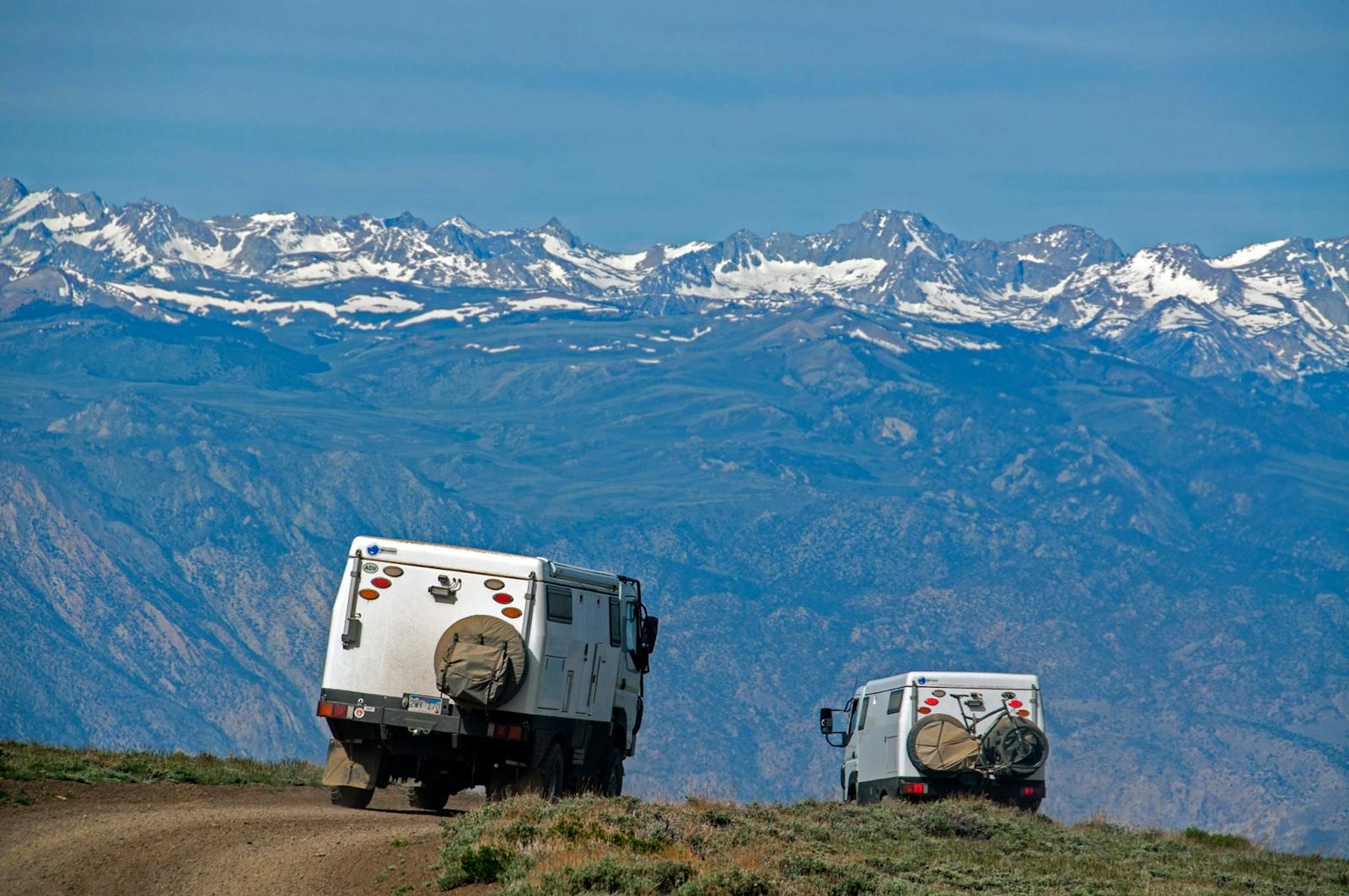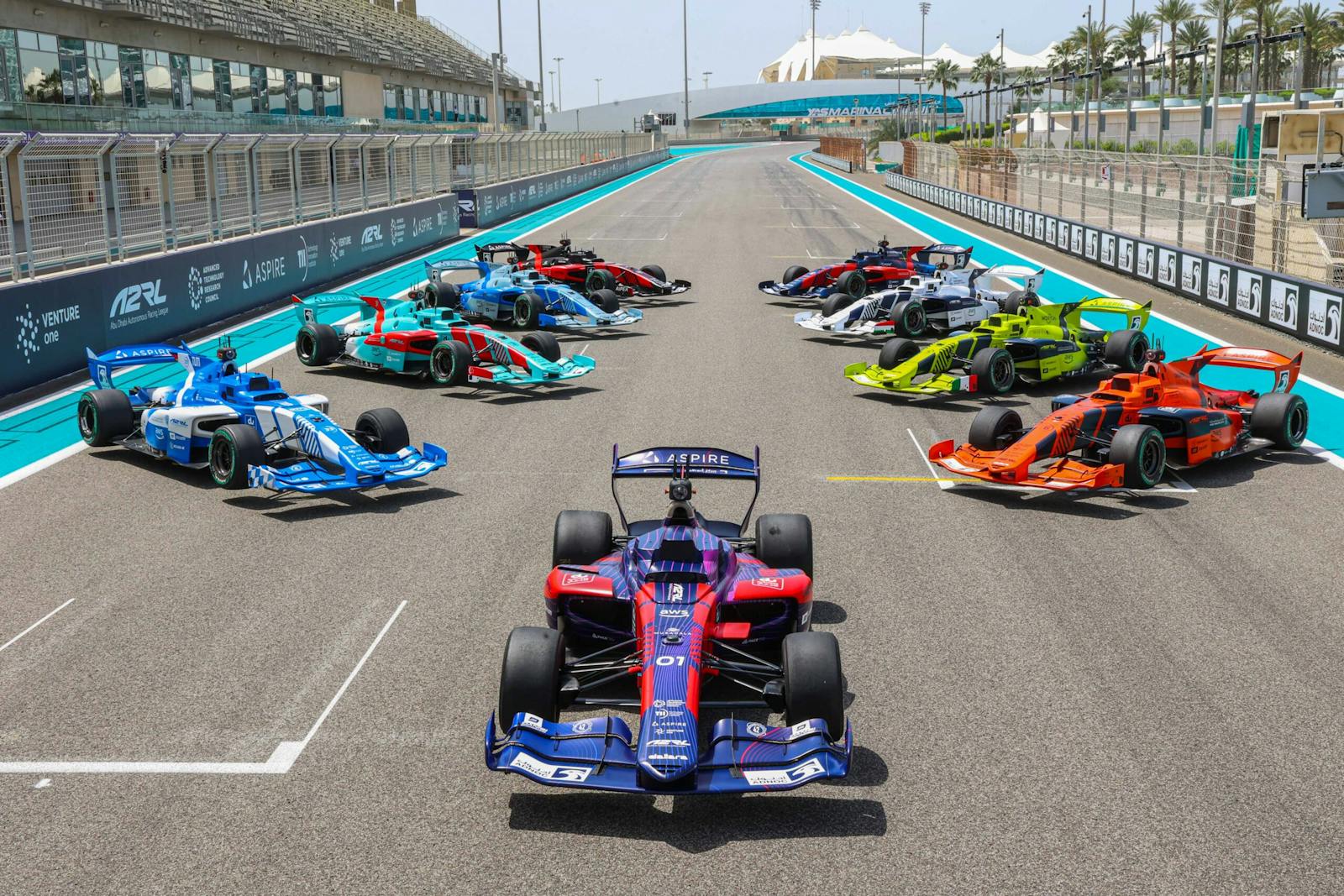Lotus tests its 1972-hp Evija without ESC or torque vectoring
Ever since the first three of the Lotus Evija prototypes got out in the open in November, handling chief Gavan Kershaw has been hard at work both at Hethel and in Italy (we’re guessing Nardó) to perfect the EV’s chassis. What makes “engineering prototype #2” special is that it’s the most advanced car of the three Evija prototypes, featuring customer-specification suspension, powertrain, brakes, and the full carbon-fiber body. What’s more, it’s fitted with hydraulics to support the development of the car’s active aerodynamics, and inside, it has key elements such as production seats and what Lotus refers to as the “ski slope-style” floating centre console.

For now, it’s unclear how much of the proposed 1972 horsepower Mr. Kershaw has under his right foot in this second prototype, but from his description, it seems the Evija couldn’t get more driver-focused than this stage of the development process. This is his detailed assessment:
“The car is in a completely pure state at the moment, with no stability control or torque-vectoring. This is so we can evaluate the fundamentals of the chassis to create the mechanical advantage before the other layers, such as the electronics, are added. It means we can really read the car. Later we can tune what we’ve gained as a mechanical advantage as we add layers. It’s the Lotus way—get the fundamentals right from the start and use baseline aerodynamics, suspension kinematics, and geometry to feel the vehicle’s response.
“I feel really at home in it, it’s really drivable. We assessed the stability and agility through tight corners. We did brisk accelerations to work out the torque split and looked at tire grip and response.
“Lotus has always been about “input equals output,” so if you do something you get a response, and that’s what we’re balancing now. It’s all about the detail so, for example, we’re validating the progressive response from the pedals. We know there’s an enormous amount of torque but drivers will only want it when they ask for it with their right foot. It’s about getting that throttle balance right.
“We assessed steering-wheel angle versus vehicle response at different speeds to ensure the car feels nimble at 30 mph as well as 200 mph.”
Think about that for a second: the forces involved when you have almost 2000 horsepower in a car weighing roughly as much as a loaded 2020 Subaru Outback SUV—a 2000-hp car that’s not only capable of over 200 mph but also ready to tackle a sharp corner right after that straight. Following the Lotus principles with this EV tech onboard is uncharted territory, but that’s what chassis development is all about. As Mr. Kershaw continues:
“Through testing like this we can work on every element, like how connected you feel to the car, the driving position, location of the primary controls and visibility. It’s all about validating how the thousands of hours of computer simulations actually translate into the vehicle. It’s a two-fold process: proving they were the correct targets in the first place, and that the results are accurately translating into the car.
“It’s also about bringing in experience from other vehicles—what we know from driving the Exige and the Evora, the Lotus GT race cars—and making sure that core Lotus DNA is all at its absolute best in the Evija.”

Again, I can’t stress enough how challenging it will be to follow up on the Evora’s benchmark handling. At roughly 3700 pounds, the Evija is the heaviest Lotus to date, and there’s only so much one can do about vehicle mass. However, Gavan Kershaw seems enthusiastic about Hethel’s ambitions:
“It’s really exciting for me. I love this part of developing any Lotus because it’s proving the mechanical design and the physics behind everything is right, and then working with our engineers to enhance the experience and give the car a true Lotus character. It’s the step-by-step stuff we do with every Lotus—the Evija is no different.
“It’s another chapter in my 30+ years at this company. Yes, I’ve got a big smile on my face because it’s the latest tech, it’s a Lotus and we’re at the forefront again.”
We have a feeling the electronics will be sorted on this one. And if anybody can come up with a solid plan to hide that mass, it’s going to be Lotus.



